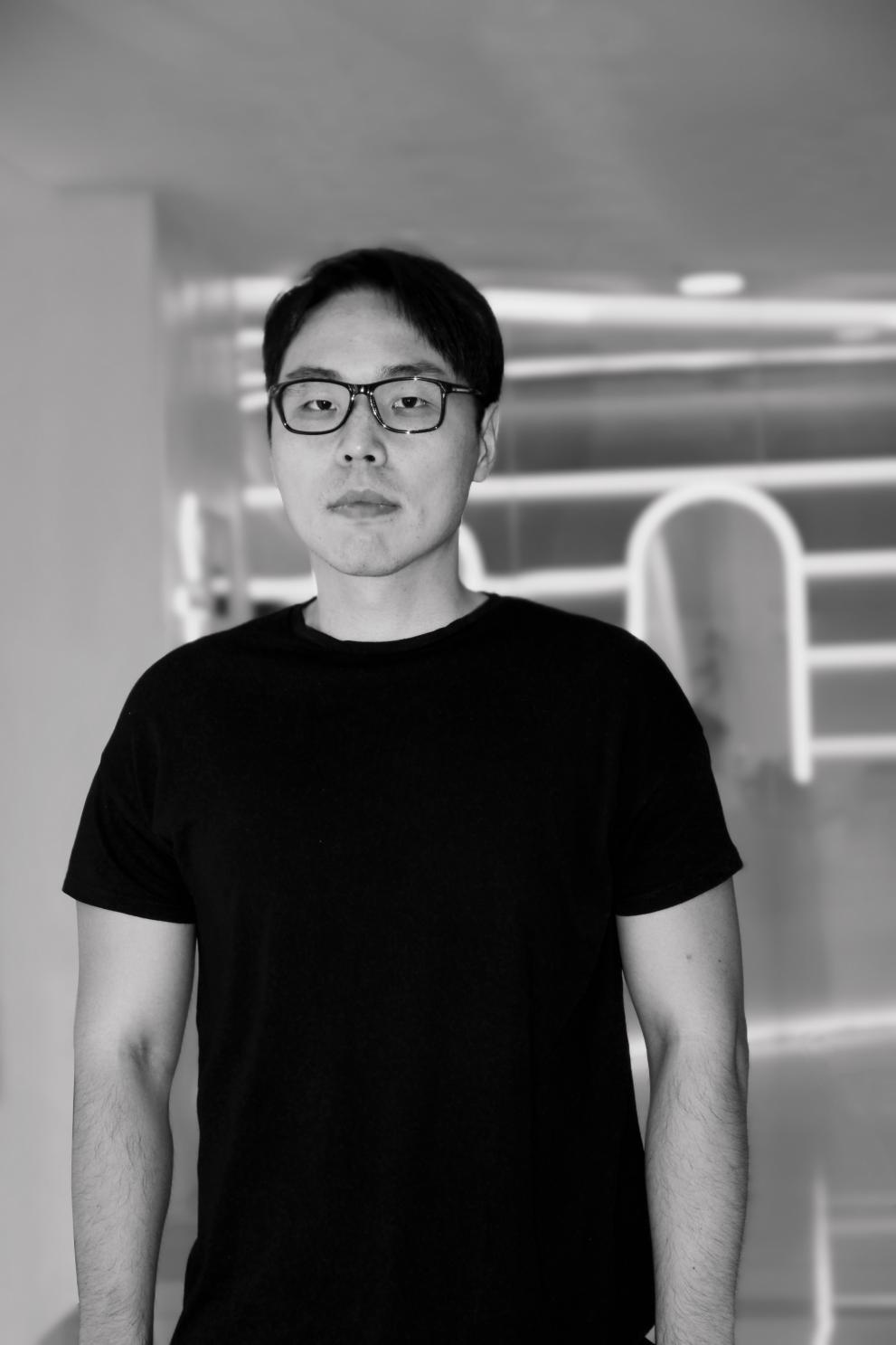Bo Zhang is inspired by the unexpected. The Beijing- and New York–based artist and designer behind Desz Office wants to subvert opinions about traditional furnishings by re-creating them in unorthodox ways. “My goal is to reshape the relationship between art, design, space and people,” he tells Business of Home. “I’m on a mission to bring designs to the public that don’t just change the shape and color of everyday objects—but that evoke new feelings.”

Born and raised in Tianjin, a port city in northern China, Zhang fell in love with design objects at a young age. In college, he studied product design at Milan’s Scuola Politecnica di Design before moving to the U.S. and earning a Master of Fine Arts at the Savannah College of Art and Design. “Italian design balances aesthetics and functionality very well, while American style is more diverse and focuses on originality,” he says. “After graduation, I had the opportunity to intern and work at [Sebastian Errazuriz’s] design studio in New York, where I began to think that the integration of design and art would be a better way to innovate.”
In 2019, he launched Desz Office with the Vase Na collection, a series of gridlike white aluminum structures with color-blocked centers that create the illusion of a floating vase. “Though it’s based on traditional Chinese vessels, the design uses elements such as color and linework to challenge the viewer’s perception of a conventional vase,” says Zhang.
Most of the artist’s design ideas come from real-life encounters with commonplace objects, and more specifically, how they can be reimagined for the modern age. “I think about how an abstract concept can be turned into a unique and achievable design prototype and use computer software to determine if it can become a real, three-dimensional piece,” he explains.

Armed with a medley of materials and a mix of cutting-edge and centuries-old techniques, he handcrafts contemporary items that are imbued with historical meaning, including a line of antique-porcelain-inspired vases fashioned from recycled paper. “There’s an ancient technique in Japan and China called ‘falling water,’ where pulp is cut into shapes using water droplets rather than knives,” he explains. “I used this method to make the Pure series, as well as decorative embellishments such as feathers and butterflies, and to subvert the public’s perception of traditional papermaking.”

His latest collection, Zig/Zag, features an assortment of 3D-printed vessels with two-tone bases and mirrors that reflect a different hue. “No matter which angle you look at them, you will see the contrast of color and structure, as if you are seeing a different space,” he says.
Zhang also recently unveiled his Re-Craft initiative at NYCxDesign 2024, with an exhibit that encouraged makers across the globe to connect with one another and integrate traditional handicrafts into their state-of-the-art designs. “We want to give traditional crafts and culture a new vitality,” he says. “Everyone will benefit from fresh products that are built to last and change our outlook on consumption.”
Looking ahead, the designer has plans to exhibit works at Paris Design Week in September, followed by a showcase at Dutch Design Week in October. “By closing the loop between traditional crafts, culture and design, we can provide the public with more valuable product lines that spark the imagination,” he says.
If you want to learn more about Bo Zhang, visit Desz Office’s website or Instagram.




























